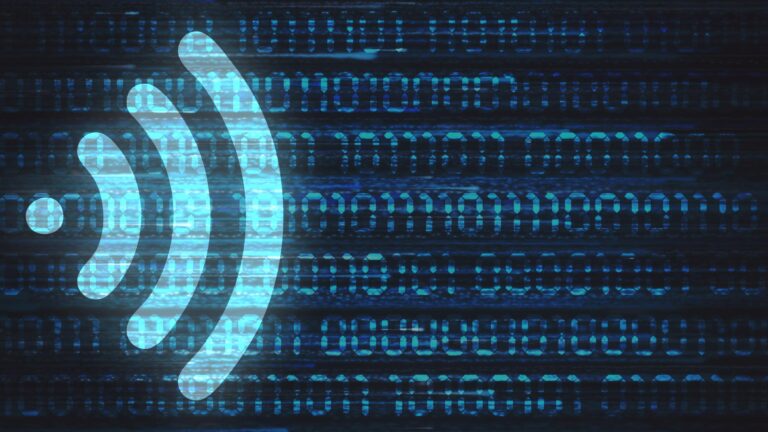Donald Trump's executive order requiring artificial intelligence training in education as a national priority has been met with enthusiasm and confusion.
On the one hand, his plans to promote early AI training in K–12 schools appear to be "critical," as Trump says, to "maintain America’s global dominance in this technological revolution for future generations." To that end, the order established an AI Presidential Challenge to highlight significant student and educator achievements and encourage innovative thinking.
"It is the policy of the United States to promote AI literacy and proficiency among Americans by promoting the appropriate integration of AI into education, providing comprehensive AI training for educators, and fostering early exposure to AI concepts and technology to develop an AI-ready workforce and the next generation of American AI innovators," Trump's order said.
But on the other hand, Trump's plan depends on staffing and funding after several rounds of severe cuts in agencies he hopes will somehow find existing funding for his initiative. His plan also hinges on the existence of the Department of Education, which Trump is simultaneously seeking to eliminate. Only about half the staff are left at the DOE, EdWeek reported.
John Bailey, a nonresident senior fellow at the American Enterprise Institute and former director of the Office of Educational Technology under George W. Bush, told EdWeek that "it’s hard to kind of understand at a time when they’re deprioritizing federal education policy and priorities, how to reconcile that with establishing a national priority in this area." But possibly, he suggested, a sleeker department could streamline adoption of AI initiatives.
However, perhaps critically, EdWeek pointed out, Trump recently cut "the team at the Education Department that was tasked with framing a national educational technology plan under multiple administrations and assisting states and districts in implementing technology in schools."



 Loading comments...
Loading comments...
